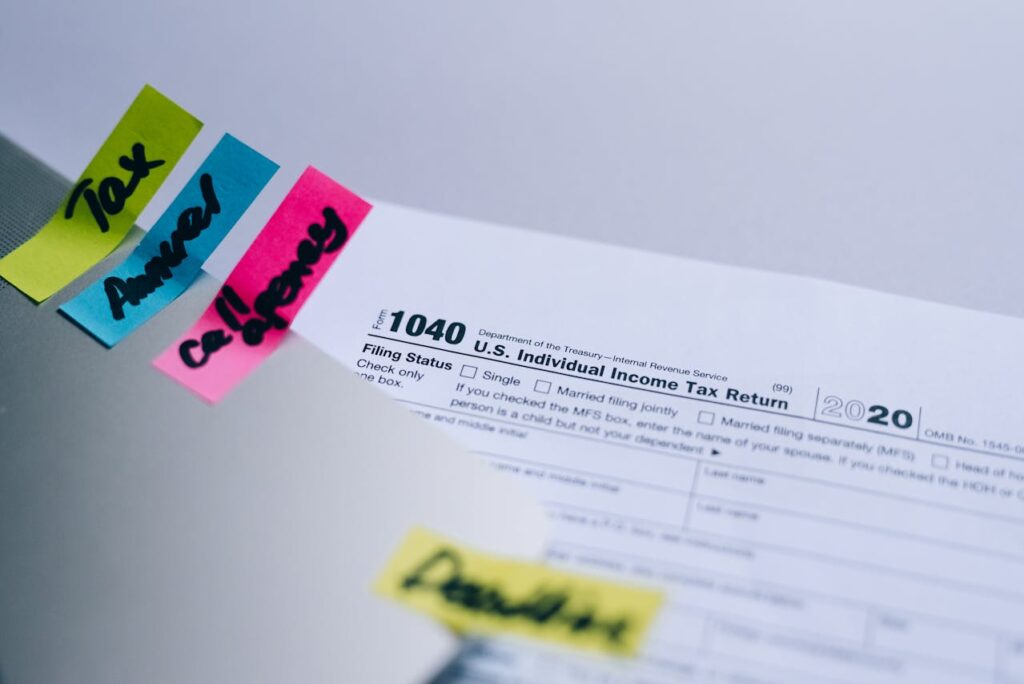Free Financial Inventory Management Checklist for Restaurants
Read time:
minutes
September 27, 2024 |
Table of Contents
Add a header to begin generating the table of contents
Share On Socials Now

Optimize Your Restaurant’s Inventory with Expert Financial Guidance
Managing restaurant inventory can be challenging, but with a solid financial framework in place, it becomes more efficient and cost-effective. In this blog post, Matthew Accounting, offers a comprehensive free checklist designed to help restaurant owners streamline their financial inventory management. From setting up initial inventory categories to refining supplier relations, this checklist covers essential steps to improve accuracy, reduce waste, and ensure better financial control over your restaurant’s inventory. Whether you’re looking to optimize costs or improve reporting, this guide has you covered.
1. Initial Financial Setup
- Inventory Categories: Define categories (e.g., Produce, Dairy, Meat, Dry Goods, Beverages) for accurate cost tracking.
- Budget Allocation: Set budget limits for each category based on historical data and financial goals.
- Tracking System: Implement a financial tracking system or software to monitor inventory costs and usage.
2. Inventory Counting & Valuation
- Regular Counts: Schedule frequent inventory counts (daily, weekly, monthly) to ensure accuracy.
- Value Inventory: Calculate the monetary value of inventory on hand using current prices.
- Perishables: Account for spoilage and adjust values accordingly.
- Non-Perishables: Use purchase prices for valuation.
3. Documentation & Record-Keeping
- Log Transactions: Record purchases, usage, and waste in your financial tracking system.
- Update Records: Regularly update inventory levels and costs in your accounting software.
- Track Discrepancies: Document and investigate discrepancies between recorded and actual inventory levels.
4. Stock Management & Cost Control
- Reorder Points: Set financial thresholds to trigger reorders and avoid overstocking.
- Cost Analysis: Analyze cost per unit and overall spend for each category.
- Order Optimization: Optimize order quantities and frequency to align with budget and reduce holding costs.
5. Quality Control & Cost Implications
- Inspect Deliveries: Verify invoice accuracy and quality of delivered goods to prevent overcharges.
- Manage Returns: Process returns and adjust financial records to reflect refunds or credits.
- Audit Costs: Conduct regular audits to ensure cost accuracy and financial control.
6. Waste Management & Financial Impact
- Track Waste: Record and analyze the cost impact of waste and spoilage.
- Reduce Waste: Implement strategies to minimize waste and adjust inventory levels accordingly.
- Cost Reduction: Use waste data to negotiate better prices or adjust purchasing decisions.
7. Budget & Financial Planning
- Monitor Budget: Regularly compare actual spending against budgeted amounts.
- Adjust Budgets: Update budgets based on recent trends, cost changes, and financial performance.
- Forecasting: Use historical data to forecast future inventory needs and financial requirements.
8. Financial Reporting
- Generate Reports: Create financial reports on inventory costs, turnover rates, and budget adherence.
- Analyze Data: Review reports to identify cost-saving opportunities and financial trends.
- Communicate Insights: Share financial insights with management to support decision-making.
9. Supplier Relations & Cost Management
- Negotiate Terms: Regularly review and negotiate terms with suppliers to obtain better pricing or discounts.
- Evaluate Suppliers: Assess supplier performance and cost-effectiveness to ensure value for money.
- Diversify Sources: Consider multiple suppliers to compare pricing and improve negotiation leverage.
10. Review & Continuous Improvement
- Evaluate Processes: Periodically assess inventory management processes for financial efficiency.
- Seek Feedback: Gather feedback from finance and operational staff to identify areas for improvement.
- Implement Changes: Apply recommendations and make adjustments to improve financial performance.





